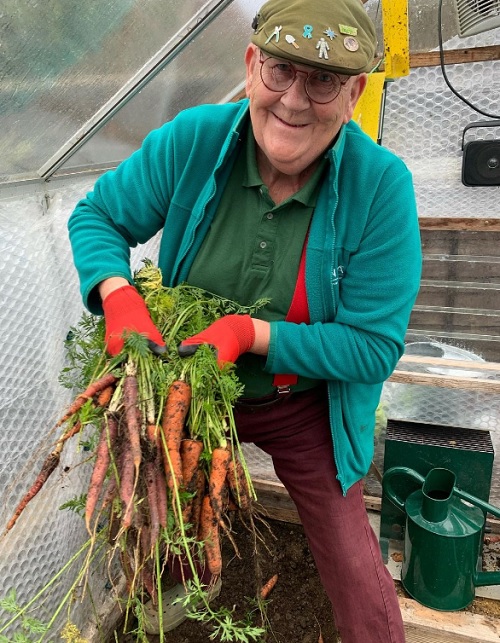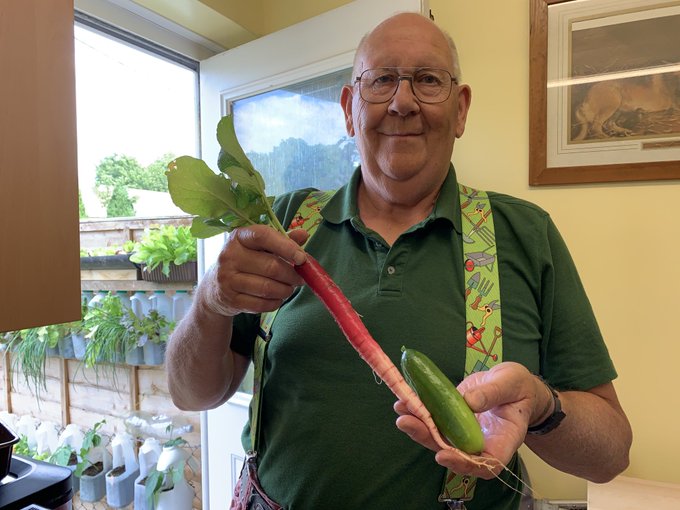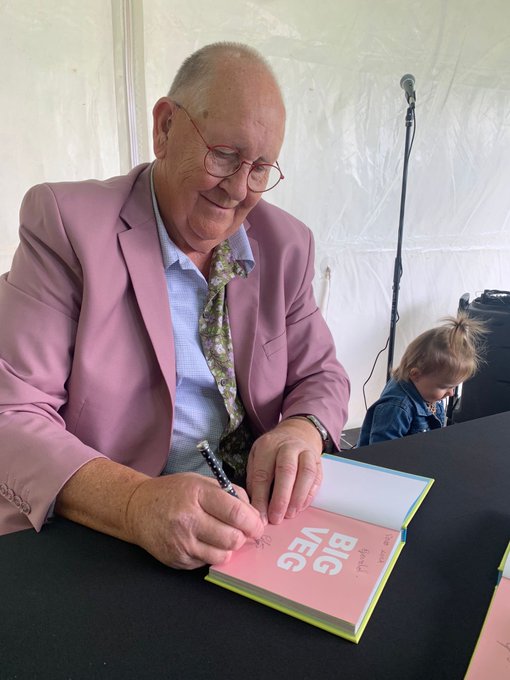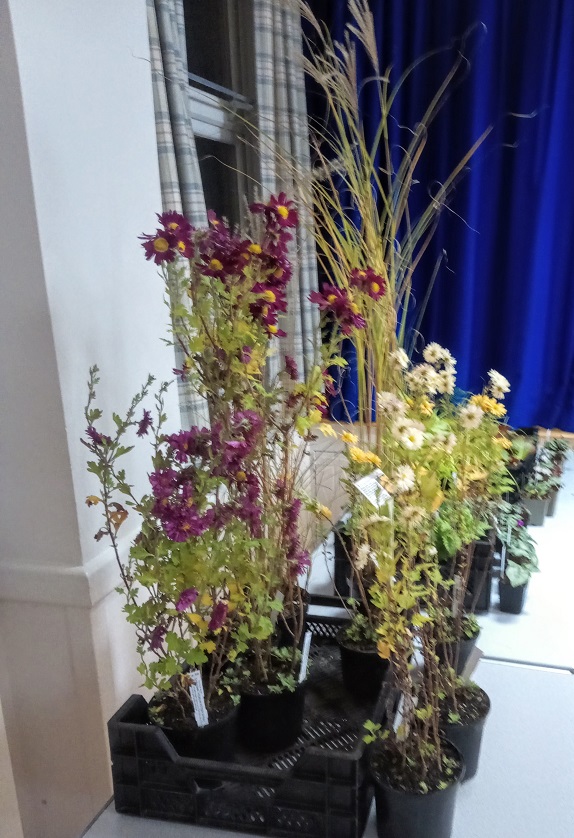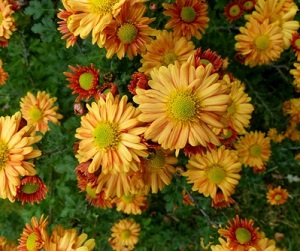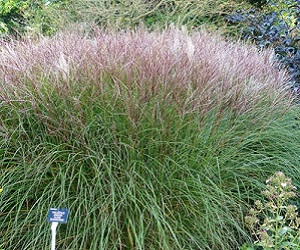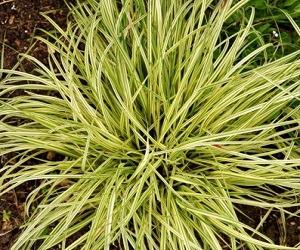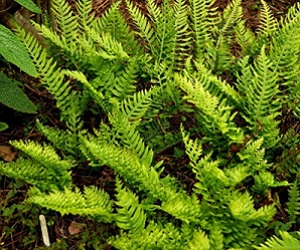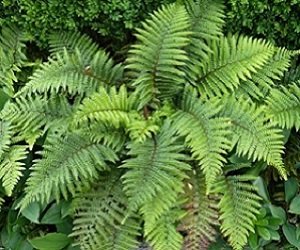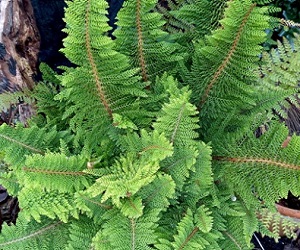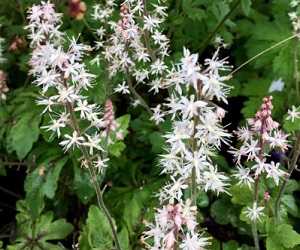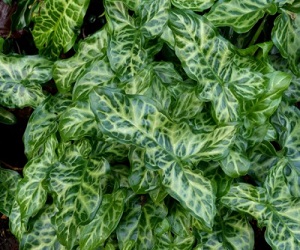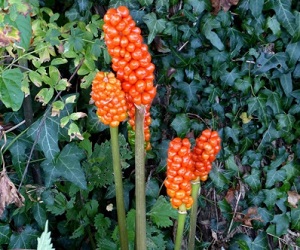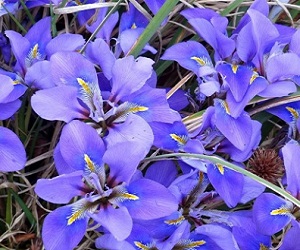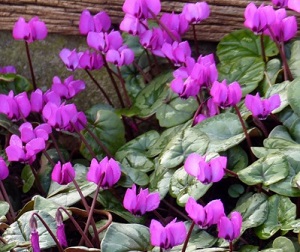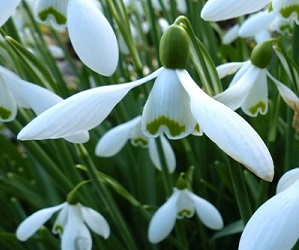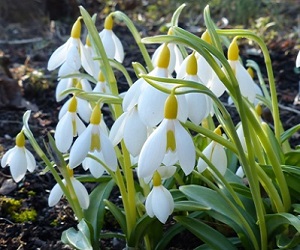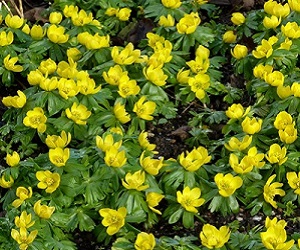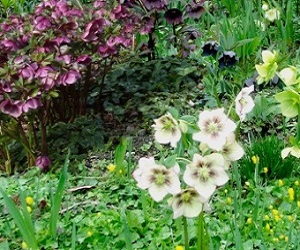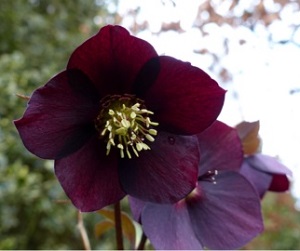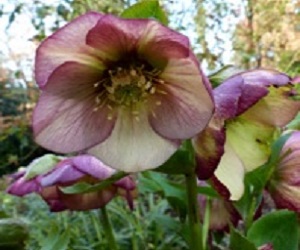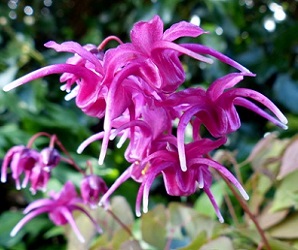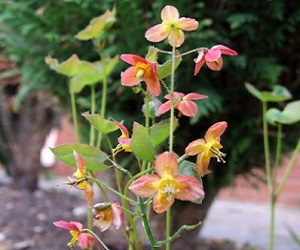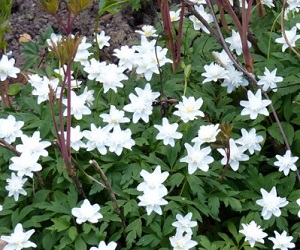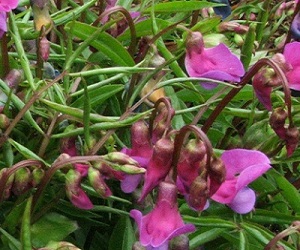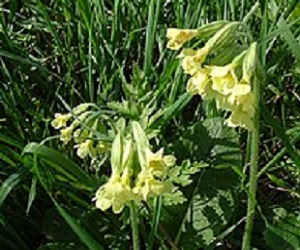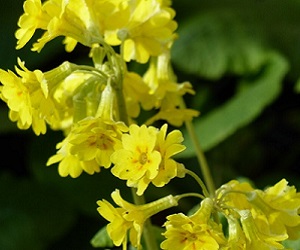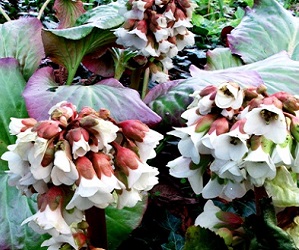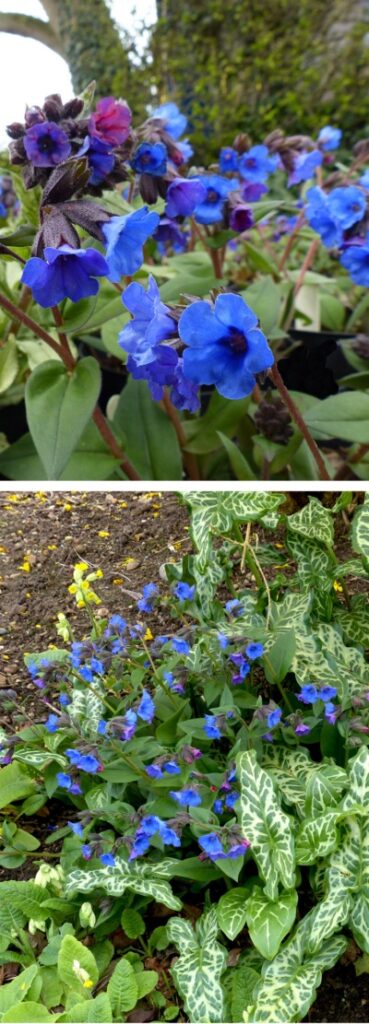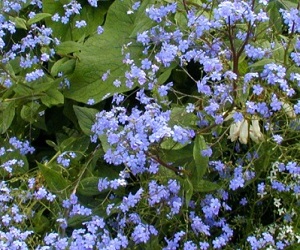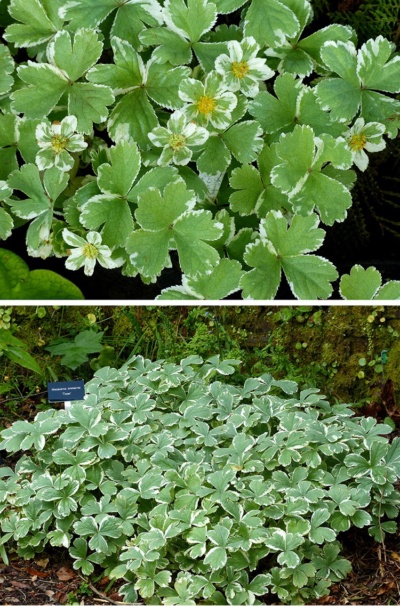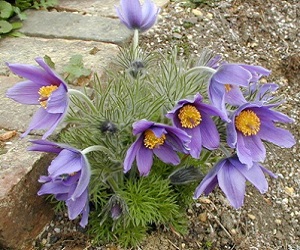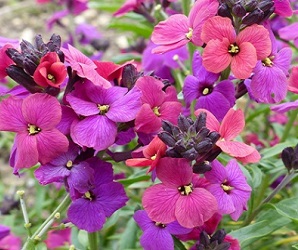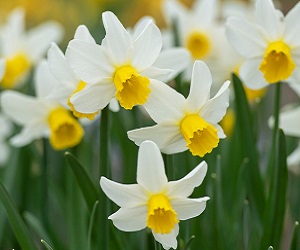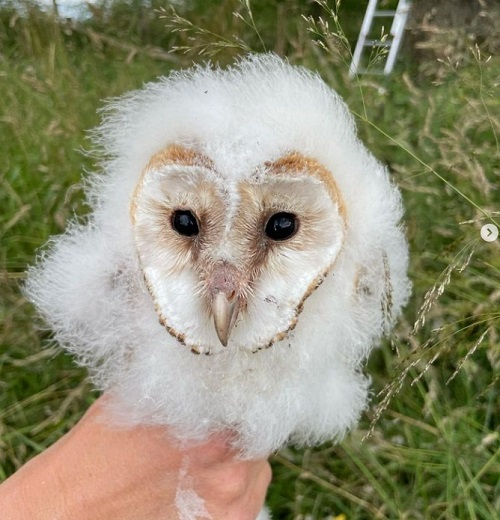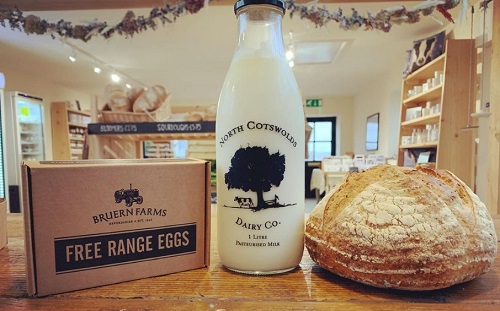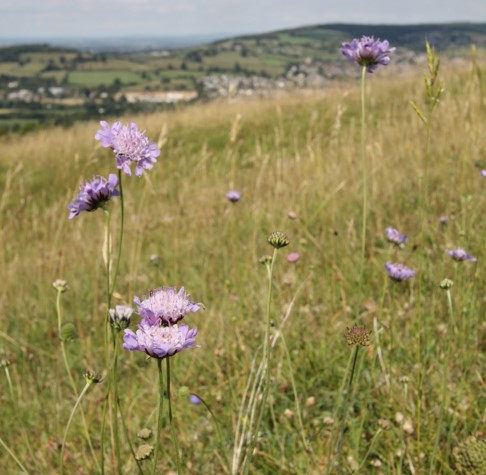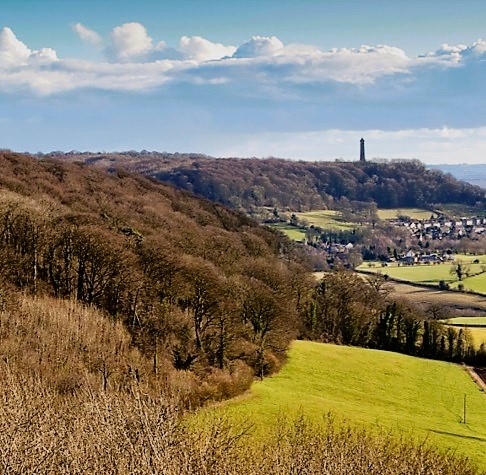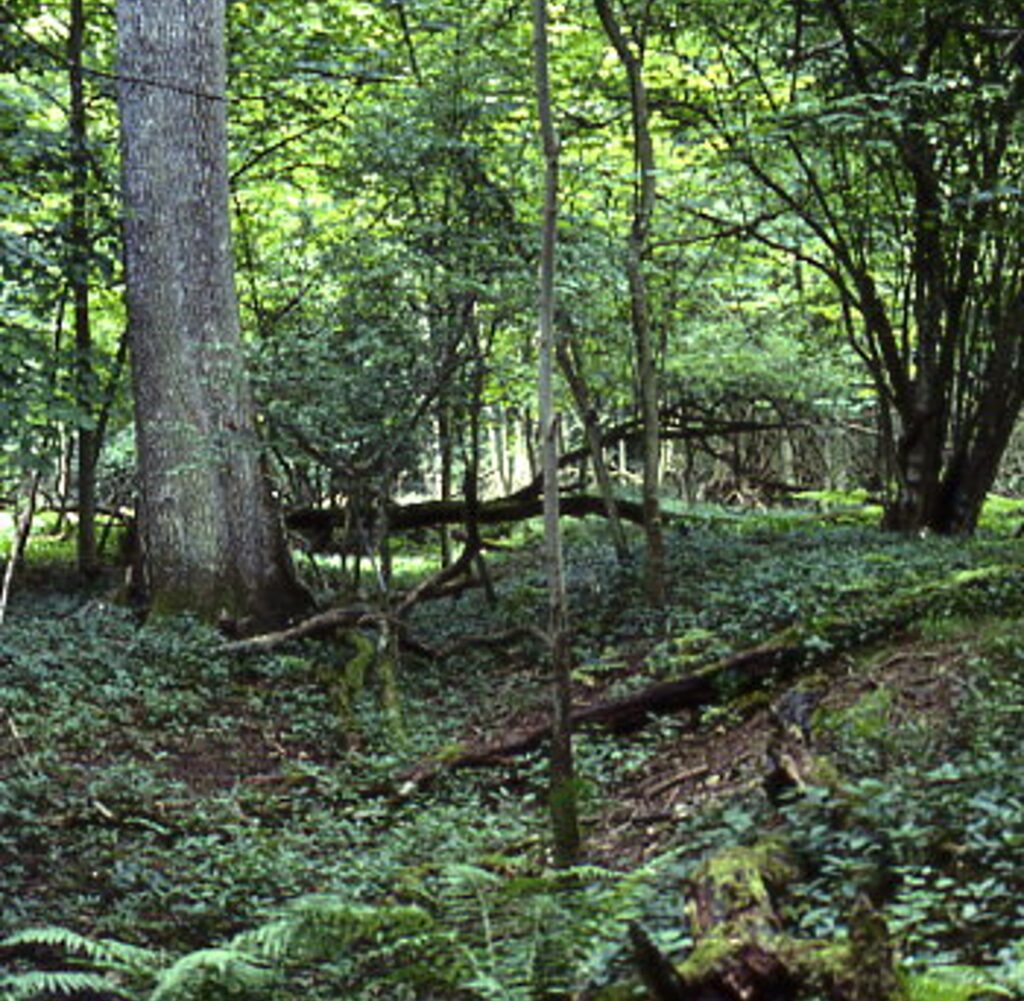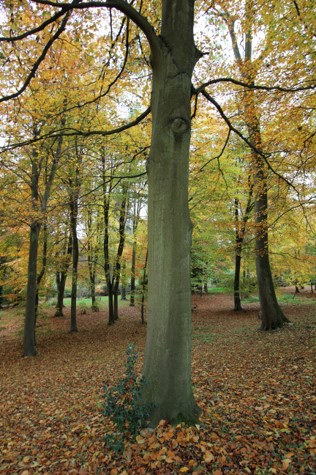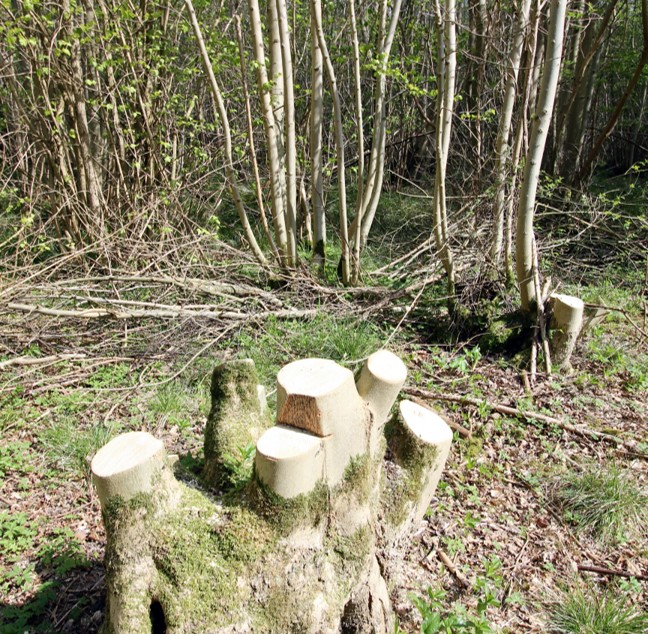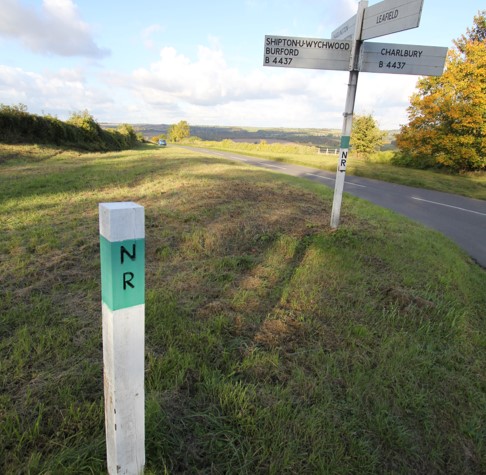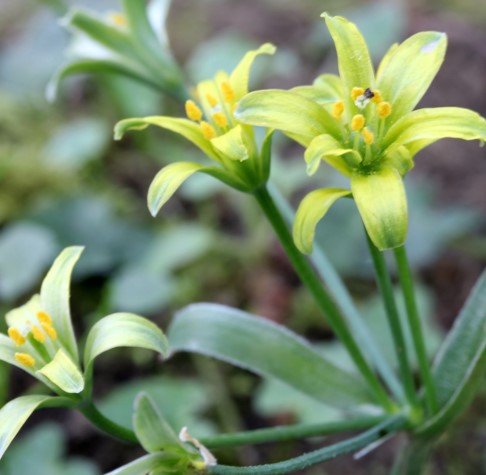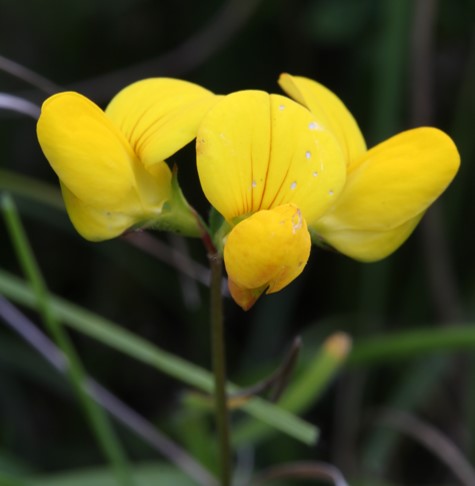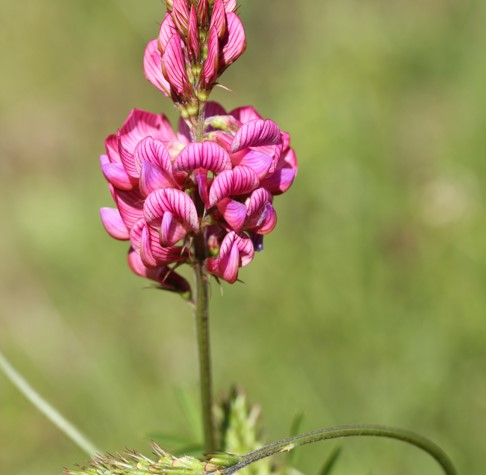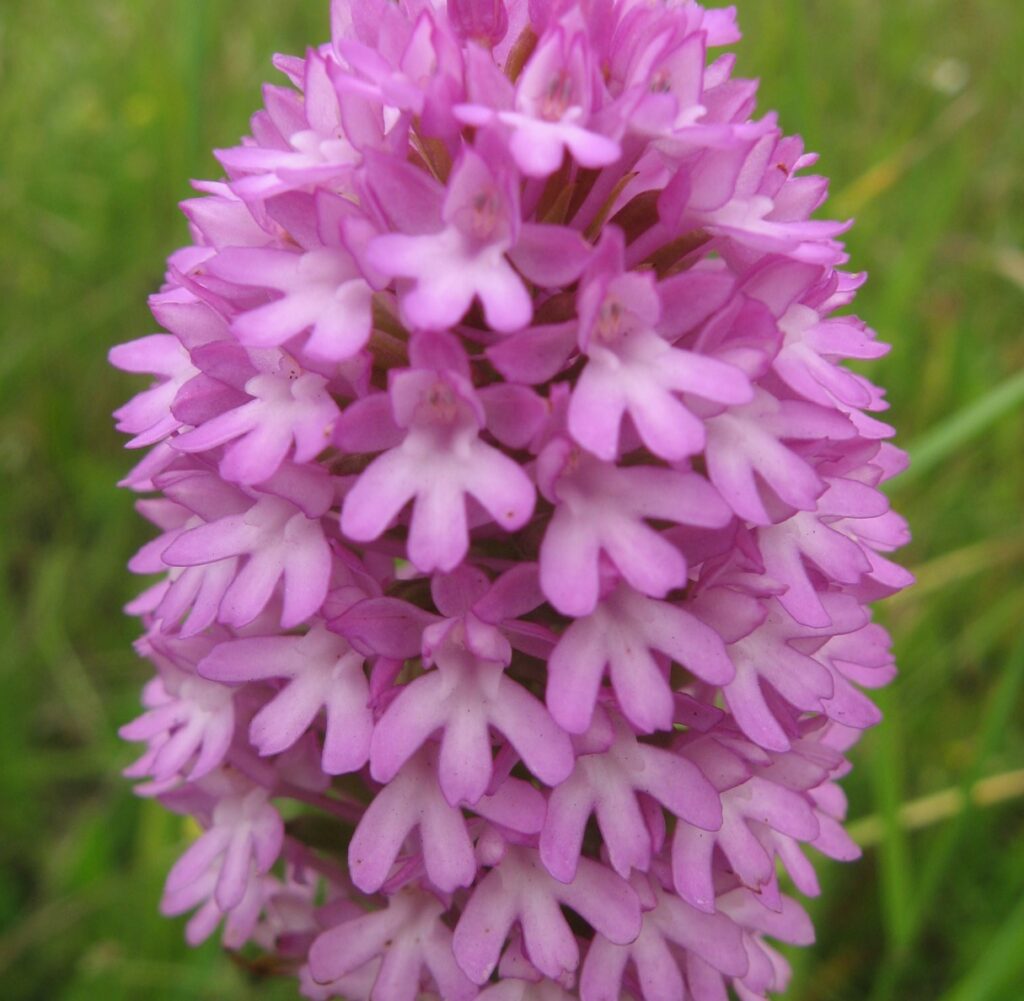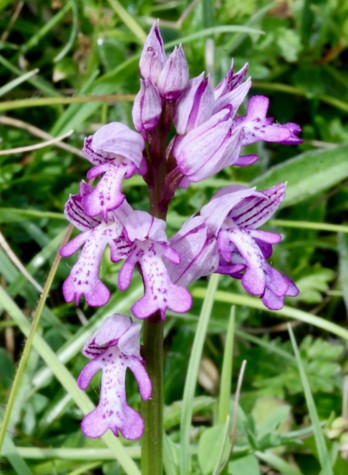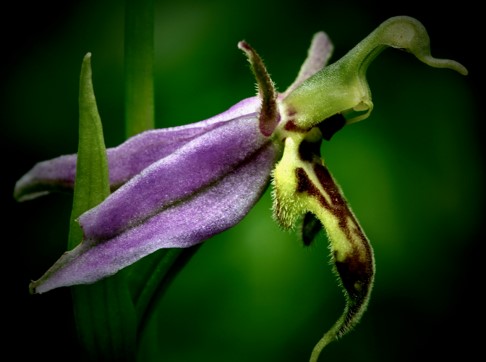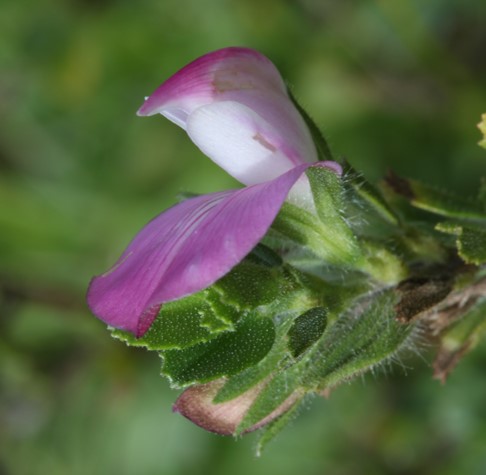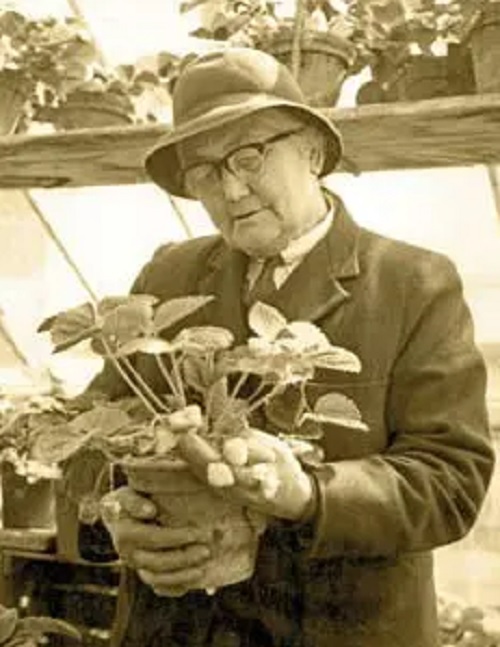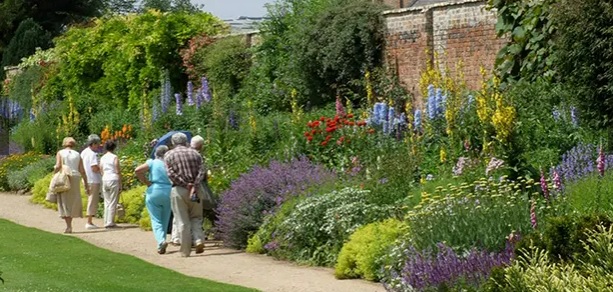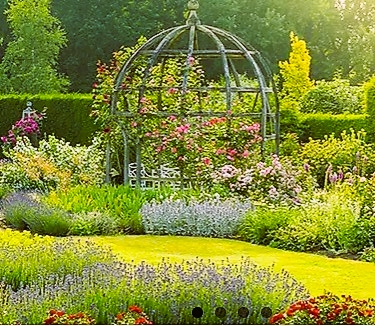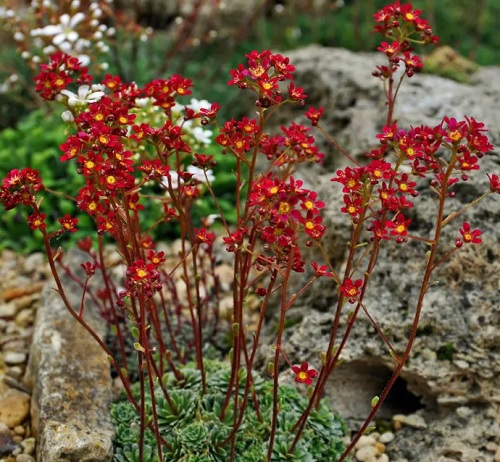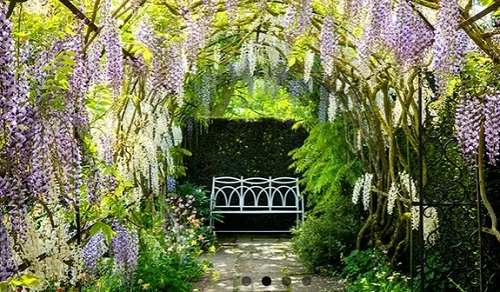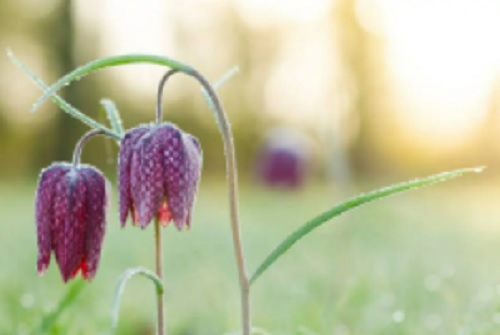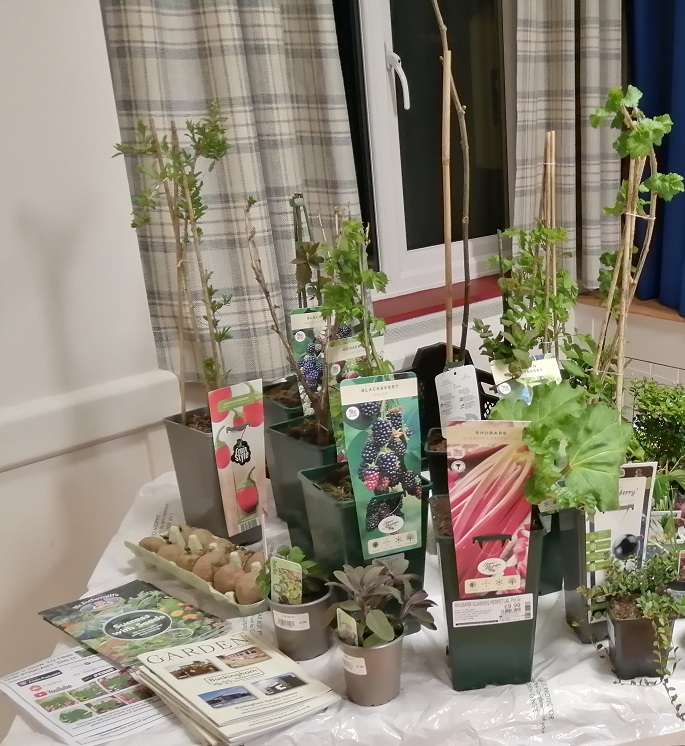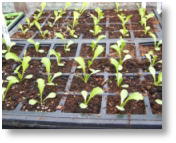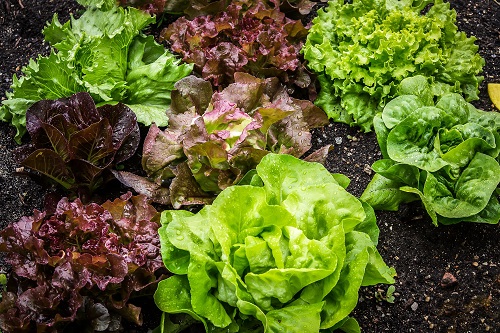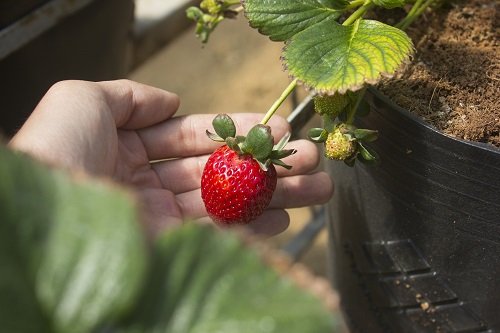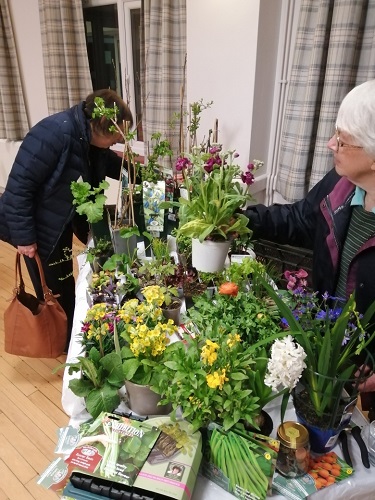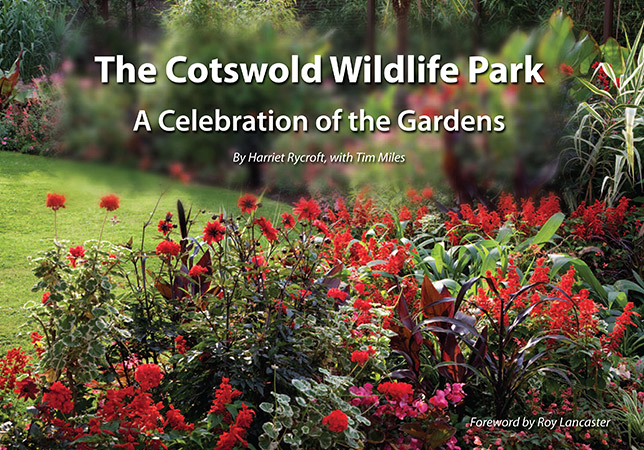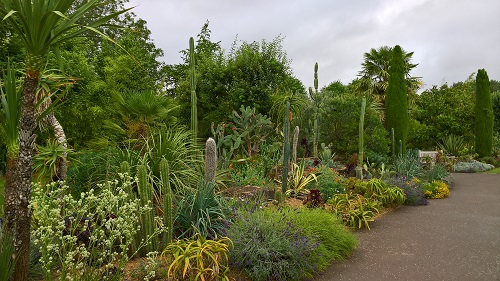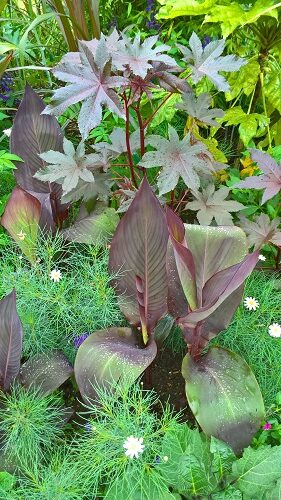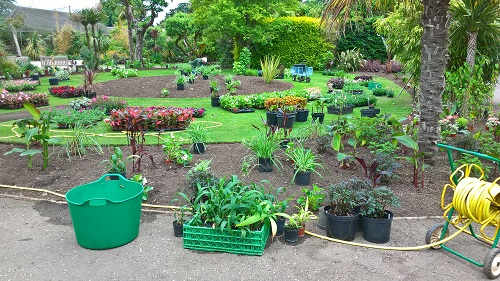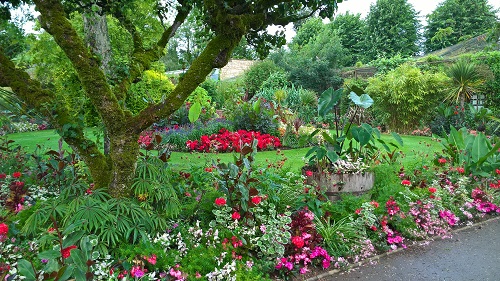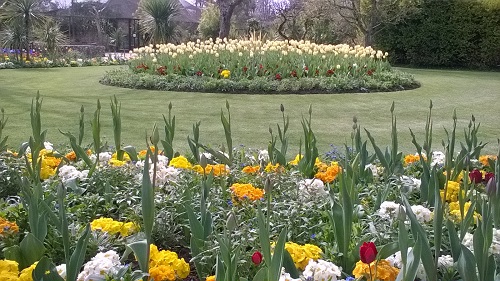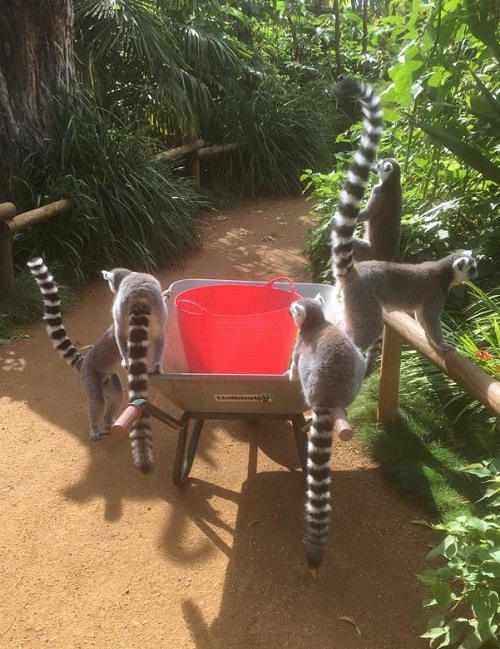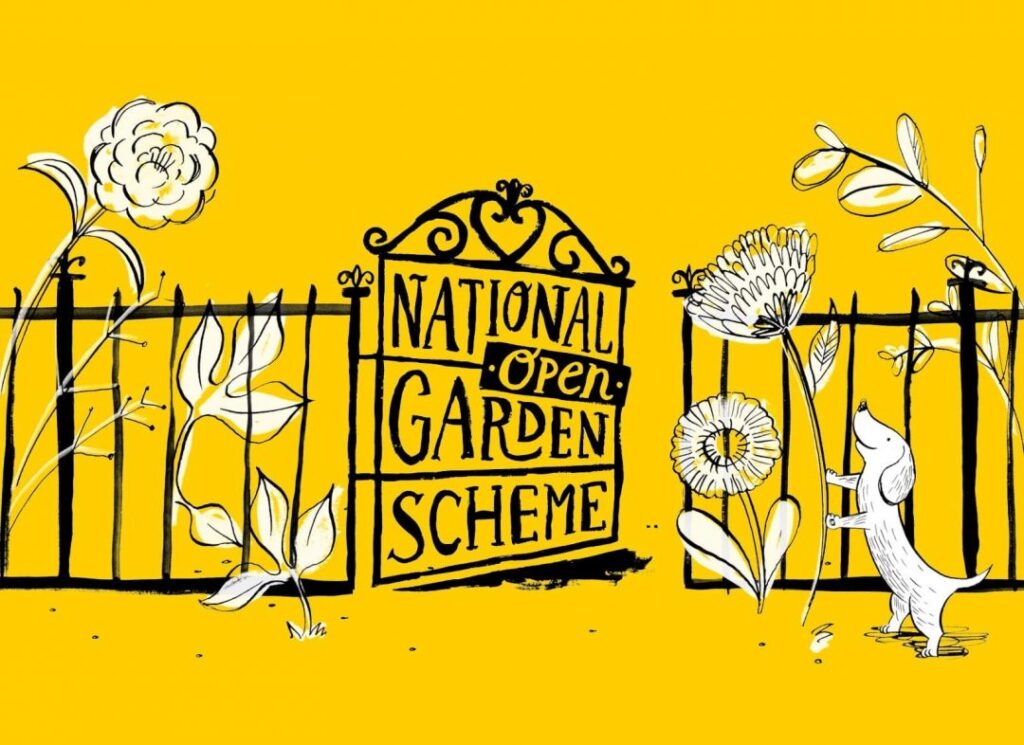
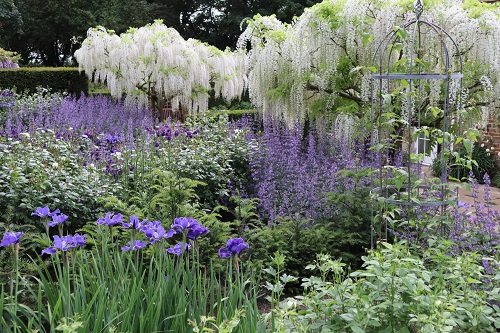
Speaker: Vanessa Berridge, County Organiser NGS
Subject: Behind The Garden Gate: The National Garden Scheme
The final talk of the 2022/23 season , MUWAGA members and guests were treated to an informative introduction to the National Gardens Scheme by Vanessa Berridge, Gloucester County Organiser, and were tempted by wonderful slides, to visit many of the local gardens opened annually for charity.
We were surprised to learn that the movement had its roots in Victorian philanthropism when a new training scheme for community nurses (the first district nurses) was launched in the mid-1850’s. The idea of opening beautiful gardens to raise funds in support of the Queens Nursing Institute was promoted by society figures in 1926 and the following year 609 gardens were open, including Sandringham.
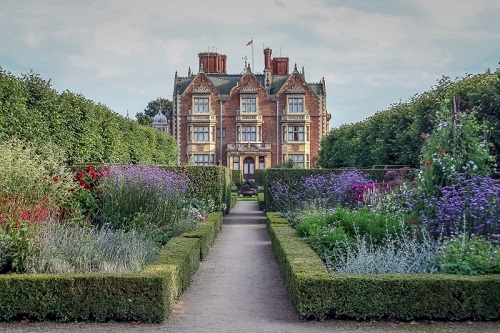
The scheme has grown steadily since then and in 2023 more than 3,500 gardens throughout England, Wales, N Ireland and the Channel Islands will open to the public in aid of its beneficiaries: Marie Curie, Macmillan Cancer Support, Hospice UK, Carers Trust, The Queen’s Nursing Institute and Parkinson’s UK, and it offers financial support to other garden and health charities. In 2022 the National Garden Scheme donated £3.11 million to its beneficiaries.
The first guide to Open Gardens was issued with Country Life magazine in 1932, becoming the familiar yellow booklet in 1949. Moving with the times, there is now a comprehensive website at ngs.org.uk which gives details of all gardens and how to visit (some are by special arrangement for example) and how the organisation works.
It is moving with the times in other ways too, now encouraging all types of gardener to open to the public: allotment groups, community gardens, hospice gardens and schools amongst others. Many gardens welcome children and dogs, are able to accommodate wheelchairs and those with limited mobility, and of course many have plants sales and the all-important tea and cakes…
Virtual Garden Visits
We learned that, in challenging times during Covid, many resourceful garden owners created films of their gardens, so garden gates could at least be kept open online. Over 190 gardens are now available to visit. with more being added to what has became a useful source of both publicity and income. [ See the selection here >> ]
Training Support
The National Garden Scheme recognises that it is often hard for people to get started in a gardening career, and so has funded a variety of training and apprentice schemes. In 2022 the scheme supported amongst others: English Heritage, Perennial, Working for Gardeners Association and the National Botanic Garden of Wales
Vanessa ended her fascinating talk with a glimpse at the variety of gardens available on our doorstep, including her own lovely garden in Winchcombe. Gardens are open throughout the year, each choosing a time to show off their best features and to suit all tastes and styles. They are likely to give us garden envy but at least we can console ourselves with a slice of cake!
Some Gardens Selected by Vanessa, by Seasons
Winter
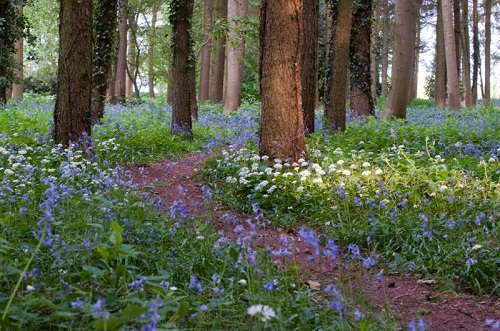
Home Farm, Huntley
Set in elevated position with exceptional views. 1m walk through woods and fields to show carpets of spring flowers. Enclosed garden with fern border, sundial and heather bed. White and mixed shrub borders. Stout footwear advisable in winter.
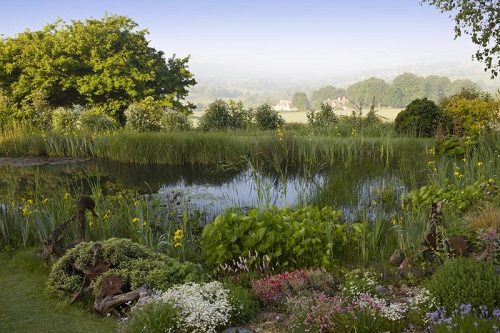
Trench Hill, Sheepscombe
Approx 3 acres set in a small woodland with panoramic views. Variety of herbaceous and mixed borders, rose garden, extensive vegetable plots, wildflower areas, plantings of spring bulbs with thousands of snowdrops and hellebores.
Spring
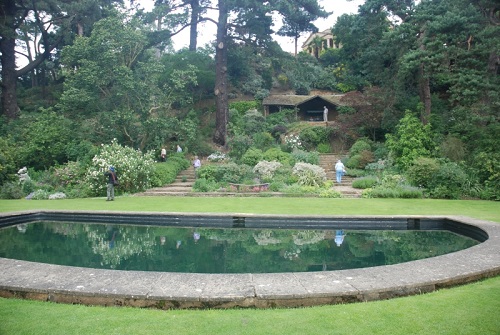
Kiftsgate Court, Chipping Campden
Magnificent situation and views, many unusual plants and shrubs, tree peonies, hydrangeas, abutilons, species and old-fashioned roses inc largest rose in England, Rosa filipes ‘Kiftsgate’.
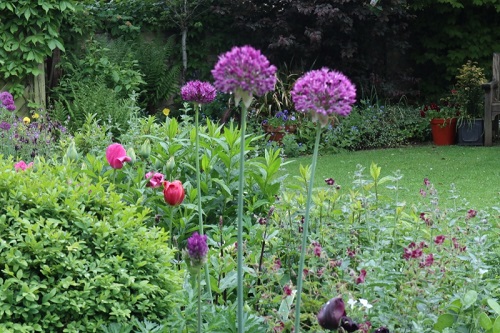
The Gate, Winchcombe
Compact cottage-style garden planted with bulbs in spring, and with summer perennials, annuals, climbers and herbs in the walled courtyard of C17 former coaching inn. Also a separate, productive, walled kitchen garden with espaliers and other fruit trees.
Summer

Pasture Farm, Upper Oddington
Informal country garden developed over 30 yrs by current owners. Mixed borders, topiary, orchard and many species of trees. Gravel garden and rambling roses in ‘the ruins’. A concrete garden and wildflower area leads to vegetable patch. Large spring-fed pond with ducks. Also bantams, chickens, black Welsh sheep and Kunekune pigs.
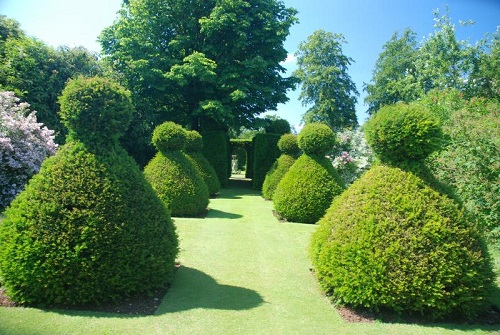
Rockcliffe, Upper Slaughter
Large traditional English garden of 8 acres inc pink garden, white and blue garden, herbaceous borders, rose terrace, large walled kitchen garden and greenhouses. Pathway of topiary birds leading up through orchard to stone dovecot. Featured in many books and magazines.
Autumn
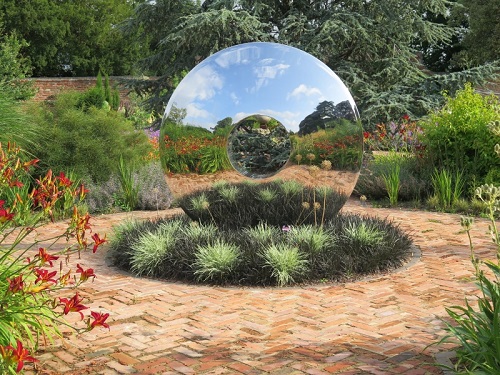
East Court, Charlton Kings, Cheltenham
A garden on 2 levels. Winding brick paths, swathes of herbaceous plantings. An experimental south facing walled area enjoys exciting exotic and unusual tender perennials and annuals. The new pond has attracted a wide range of aquatic wildlife
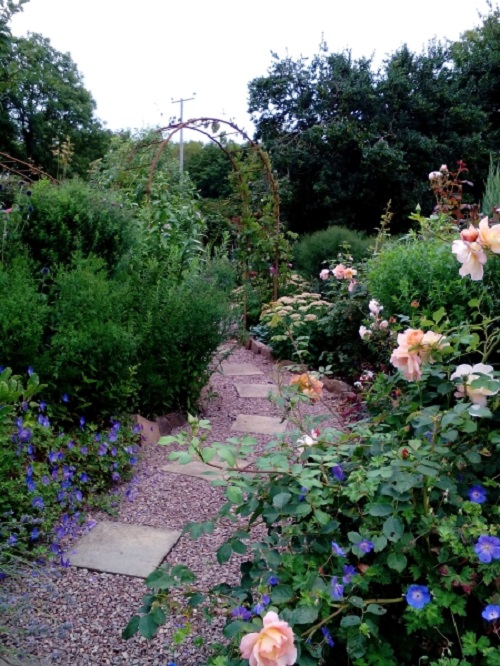
Clouds Rest, Brockweir near Chepstow
The garden at Clouds Rest was started in 2012 from a south-westerly facing stony paddock, with views across the Wye Valley. Its many gravel pathways meander through herbaceous beds with a mixture of roses, then a wide selection of Michaelmas daisies in September. Easy parking in our paddock. New additions inc woodland area and orchard with lily pond.
Details of these and all the National Gardens Scheme locations can be found here.

